
Cervical Health
Latest News
Latest Videos

CME Content
More News
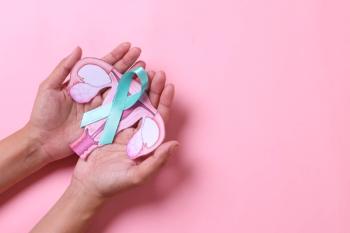
A new study found that while cervical cancer risks remain low for women who meet screening exit criteria, they increase with age and time since last screening.

Vvax001, a new HPV16 vaccine, offers a potential alternative to surgery for treating precancerous cervical lesions, with promising trial results.

Review some of the top stories from the Contemporary OB/GYN website over the last week, and catch up on anything you may have missed.

A recent study highlights gaps in cervical cancer screening compliance, with fewer than 50% of human papillomavirus-positive, negative for intraepithelial lesion or malignancy patients receiving recommended follow-up testing within the guideline time frame.

Review some of the top stories from the Contemporary OB/GYN website over the last week, and catch up on anything you may have missed.

Discover how the updated 2024 American Society for Colposcopy and Cervical Pathology guidelines integrate extended human papillomavirus genotyping and precision medicine to enhance cervical cancer screening and risk management.
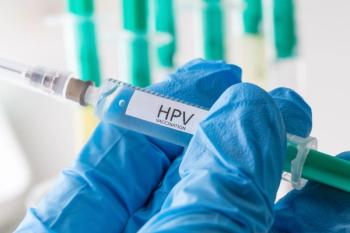
A recent study highlights the reduced cost-effectiveness of expanding human papillomavirus vaccination to adults aged 27 to 45 years compared to younger groups, though targeted strategies for high-risk subgroups indicate benefits.

Review some of the top stories from the Contemporary OB/GYN website over the last week, and catch up on anything you may have missed.

In a recent meta-analysis, the prevalence of human papillomavirus, especially types 16 and 18, were significantly increased among patients with ovarian cancer vs controls.
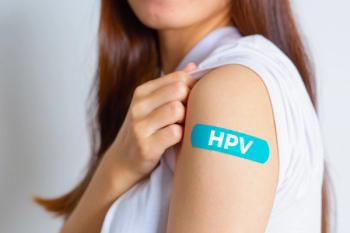
A CDC report shows varying HPV vaccination rates in US-affiliated Pacific Islands, with only some regions on track to meet the 2030 WHO goal.

Review some of the top stories from the Contemporary OB/GYN website over the last week, and catch up on anything you may have missed.

A recent study reported an increase in cervical cancer screening rates among people living with HIV when offering a directed initiative alongside standard care, from 54% to 75%.

HPV vaccination coverage in Japan remains critically low despite the resumption of proactive recommendations by the Ministry of Health, Labour, and Welfare, highlighting the need for stronger cervical cancer control measures.

Review some of the top stories from the Contemporary OB/GYN website over the last week, and catch up on anything you may have missed.

A recent study reveals that fertility-sparing surgery offers similar survival outcomes to standard surgery for cervical cancer patients with tumors of 4 cm or smaller, potentially expanding treatment options for younger women.

A recent study found that women with human papillomavirus -16 undergoing surveillance for cervical intraepithelial neoplasia grade 2 are at the highest risk of progression to more severe cervical lesions.

Review some of the top stories from the Contemporary OB/GYN website over the last week, and catch up on anything you may have missed.

The ACCESS Consensus Group's new guidelines aim to enhance cervical cancer screening and reduce mortality rates in high-income countries, emphasizing the urgent need for increased participation and innovative approaches such as self-sampling.

Roche's innovative human papillomavirus self-collection solution offers a breakthrough in cervical cancer screening, providing accessible and reliable testing to combat underscreening rates and increase early detection.
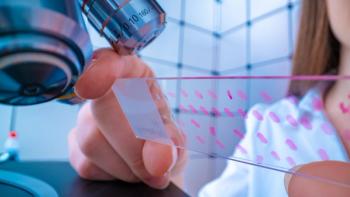
A study highlights how having a primary care physician significantly increases the likelihood of cervical cancer screening among lesbian, gay, and bisexual cisgender women, addressing disparities exacerbated by systemic discrimination and healthcare access challenges.

Review some of the top stories from the Contemporary OB/GYN website over the last week, and catch up on anything you may have missed.

A recent study found that human papillomavirus vaccination when aged under 20 years, coupled with active surveillance for cervical intraepithelial neoplasia grade 2, significantly lowers the risk of cervical intraepithelial neoplasia grade 3 or cervical cancer.

Review some of the top stories from the Contemporary OB/GYN website over the last week, and catch up on anything you may have missed.

A recent study evaluated the safety and effectiveness of the Onclarity HPV assay in detecting high-grade cervical disease, presenting findings on its comparability to predicate assays and potential for cost-saving benefits in screening practices.
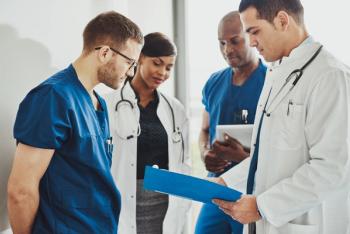
Explore how the latest research underscores the efficacy of the 2017 Querleu-Morrow classification in defining radical hysterectomy extent, shedding light on surgical terminologies for cervical cancer management.















